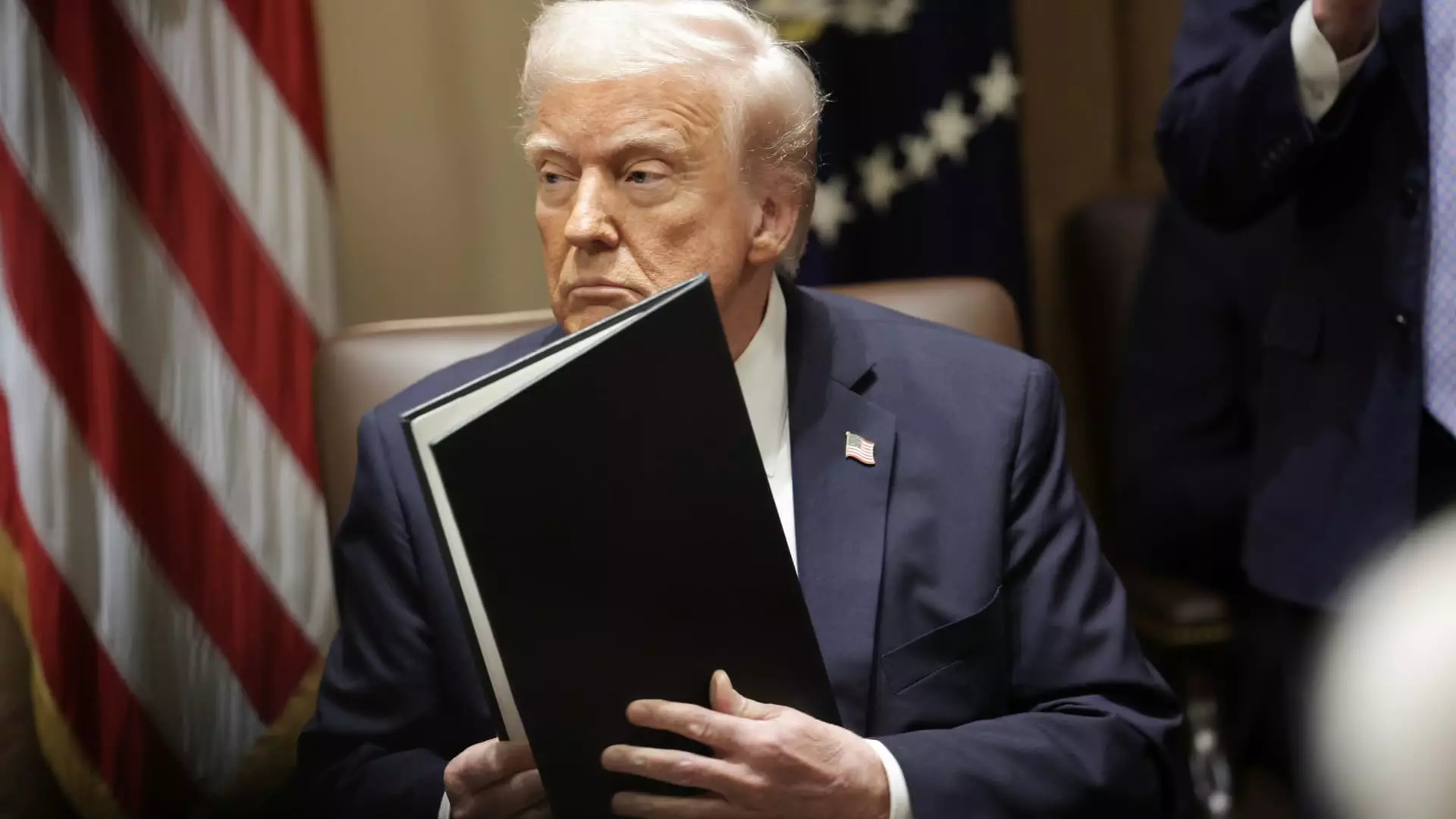President Donald Trump’s announcement regarding new tariffs on auto imports is yet another example of his chaotic approach to governance. Set to unveil these tariffs at a press conference, it’s evident that uncertainty has become the hallmark of his administration’s trade policies. With the stock market already reacting negatively to the news, one has to question whether this latest move is merely an arbitrary decision or a well-thought-out economic strategy. The reality is that Trump’s approach to tariffs has often been less about strategy and more about theatrics, leading to volatility that affects not only the markets but also common consumers. When business leaders are left in the lurch about how to adapt to shifting policies, it not only cripples their decision-making frameworks but stifles innovation and investment.
“Liberation Day” or Economic Disruption?
Trump has branded April 2 as “liberation day,” positing that his plans will revolutionize trade. However, labeling a day that threatens to impose tariffs as “liberation” is indicative of a misunderstanding of economic relationships. Tariffs don’t liberate; they often do the opposite, complicating trade relationships and inflating prices for consumers. By promising reciprocal tariffs against countries that already impose their own duties on U.S. goods, Trump may be inadvertently setting off a domino effect that leads to tariffs begetting more tariffs. Far from being a day of liberation, April 2 could mark the beginning of a protectionist nightmare that further isolates the United States in an increasingly interconnected global economy.
The Delicate Dance of Negotiation
Interestingly, there are suggestions from Trump and his officials that the upcoming tariffs might not be as severe as initially believed. The hint at “flexibility” and “leniency” suggests an intention to negotiate, rather than enact harsh tariffs indiscriminately. Yet, if the administration truly wishes to approach trade disputes through negotiation, then we must ask why they didn’t prioritize diplomacy from the beginning. Rather than throwing down the gauntlet with heavy tariffs, creating spaces for dialogue could lead to much more fruitful and sustainable trade relationships. Pre-negotiation opportunities offered by Treasury Secretary Scott Bessent might well be an olive branch, but the manner in which they’ve been presented does not inspire trust to merely wave the white flag.
The Reaction of the Market: A Telling Sign
Moreover, the stock market’s response—faltering after the announcement of the tariffs—serves as an alarming indicator of investor sentiment. If the markets are jittery even before the tariffs are fully rolled out, one can only imagine the havoc that could follow if the implementation results in higher costs for auto manufacturers and, subsequently, everyday consumers. When companies are unsure of their footing, they may pull back on hiring and investment—decision-making that has tangible effects on the economy. This possible downturn contradicts the very aim of these tariffs, which should ostensibly be safeguarding American jobs.
These new tariffs could end up creating more hurdles than they solve, further perpetuating an environment of uncertainty instead of fostering growth and prosperity. As the clock ticks toward April 2, it’s crucial that we question who truly benefits from these policies and whether their ramifications will serve the American people at all or simply escalate a burdensome trade war.


Leave a Reply